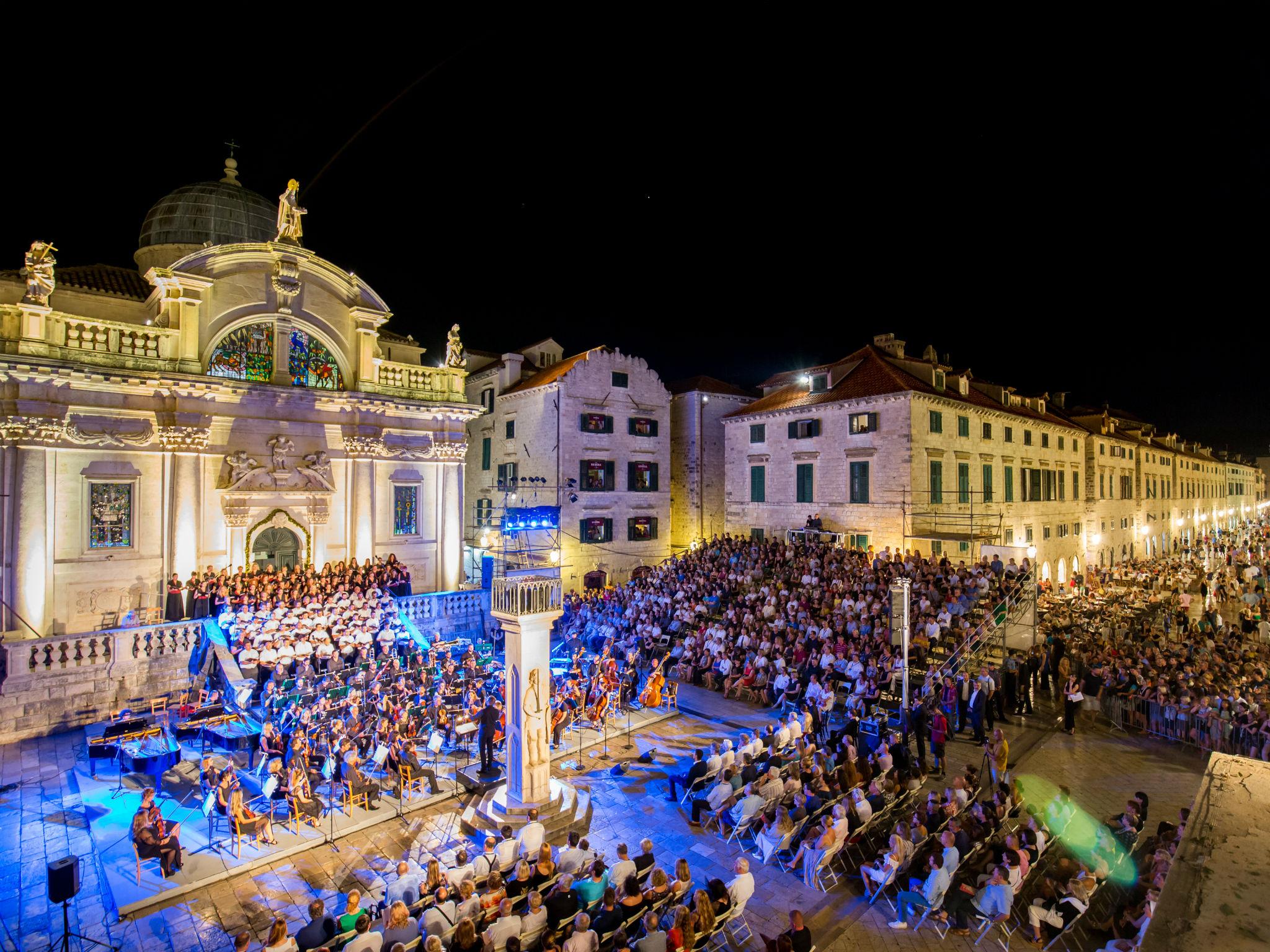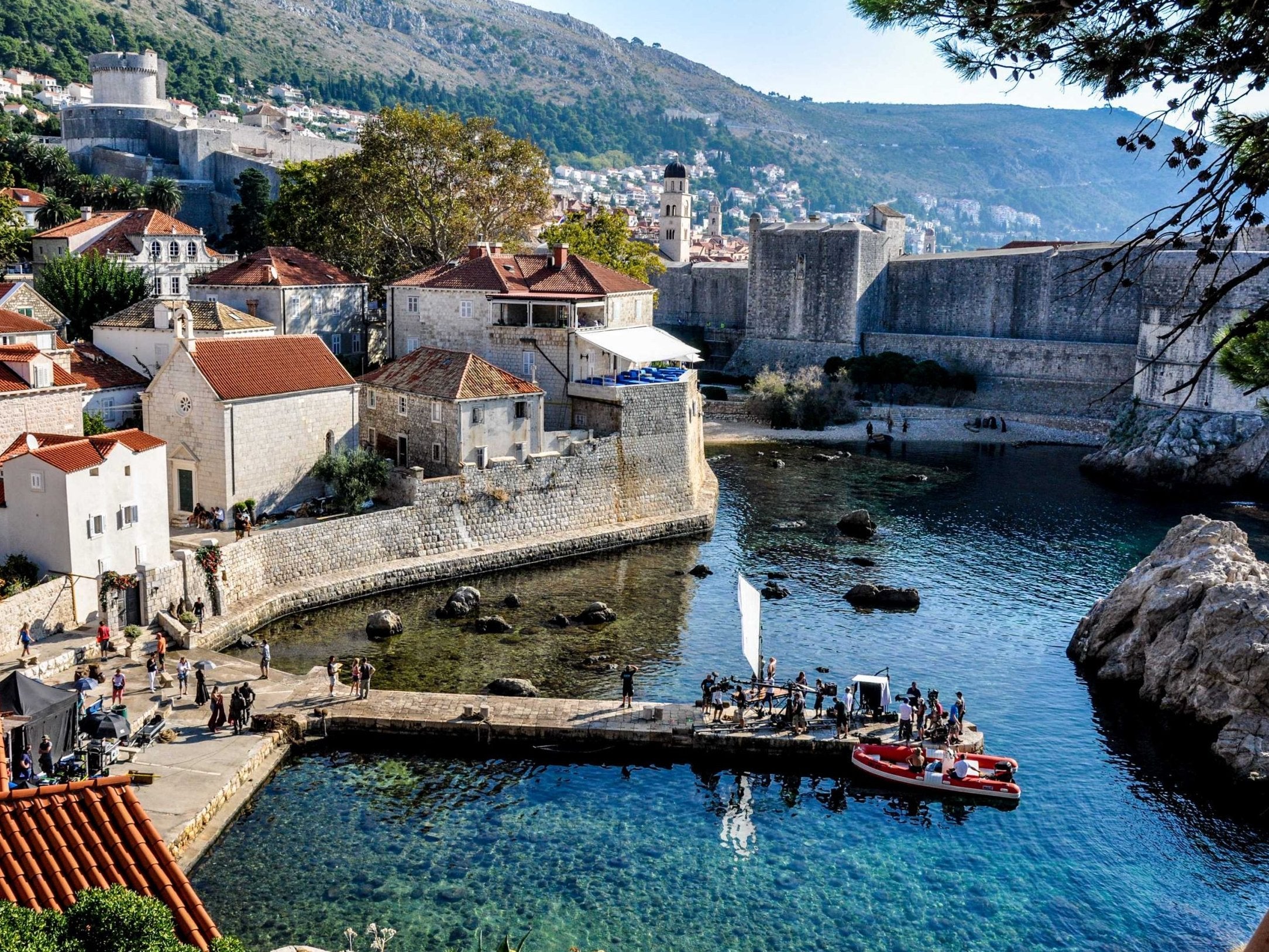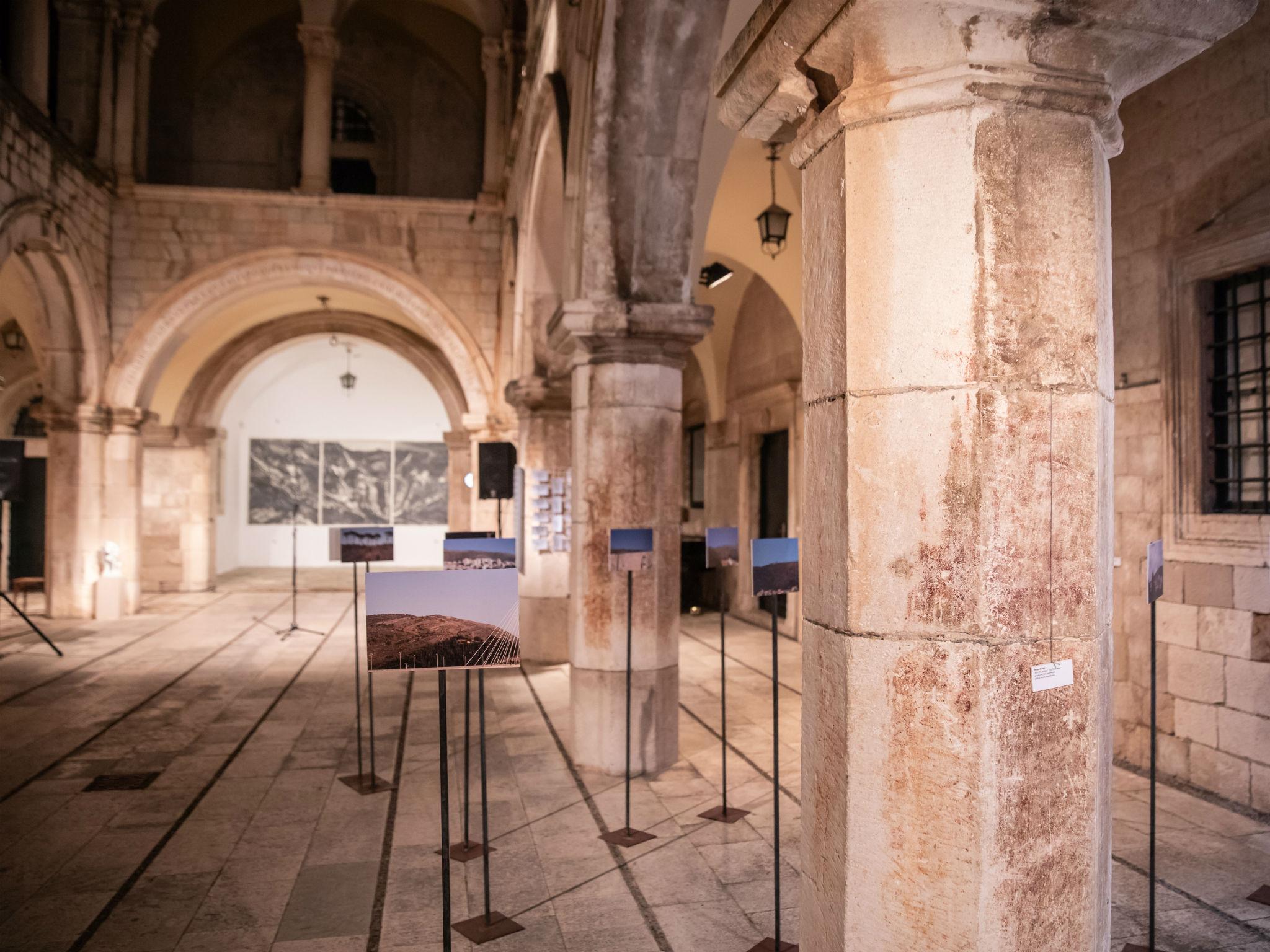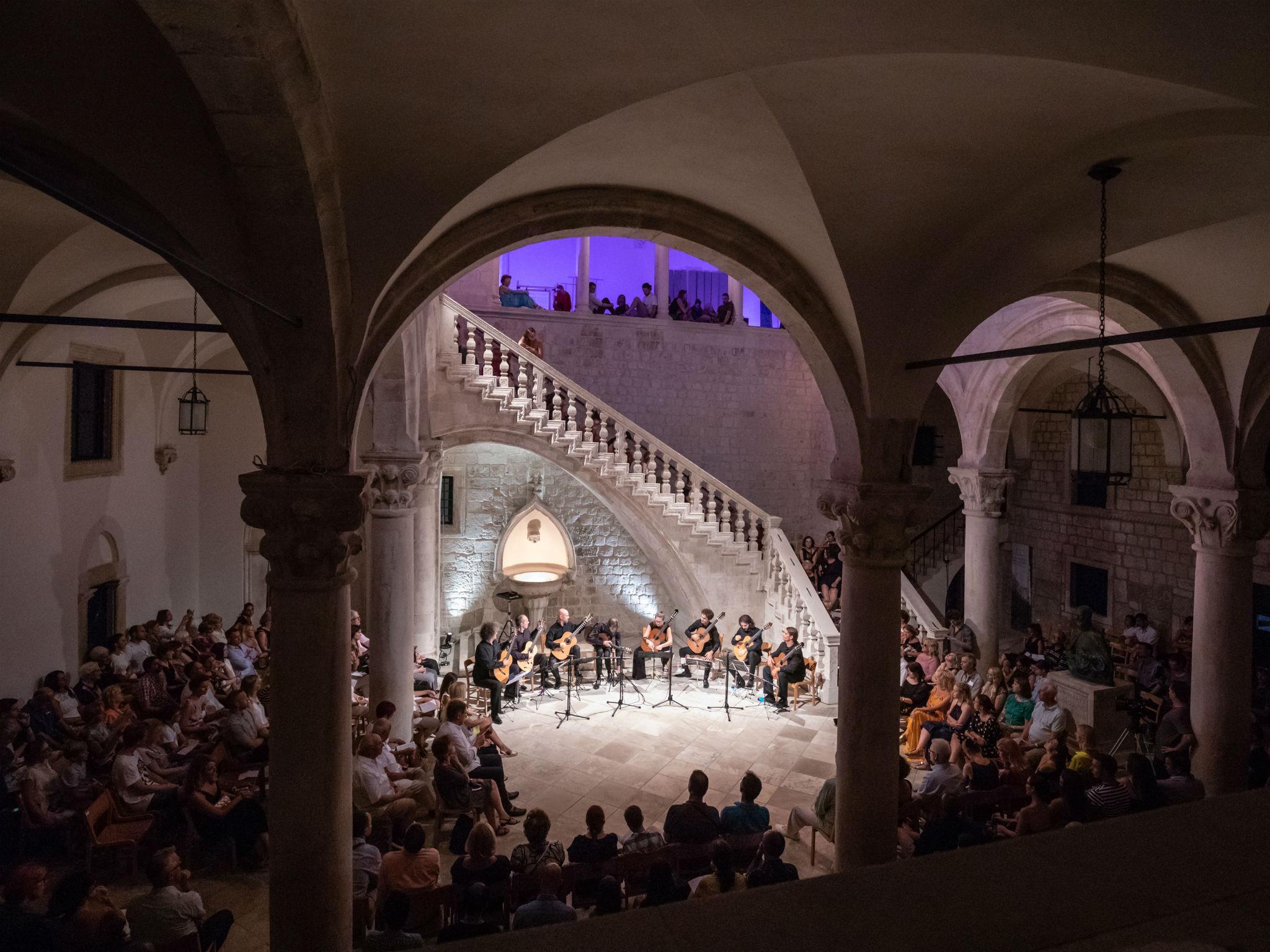Dubrovnik Summer Festival: A magical setting of Renaissance palaces and the Adriatric for concerts and theatre
Simon Mundy finds that tourists are heading to Dubrovnik for more than taking selfies at a spot where ‘Game of Thrones’ was filmed

Your support helps us to tell the story
From reproductive rights to climate change to Big Tech, The Independent is on the ground when the story is developing. Whether it's investigating the financials of Elon Musk's pro-Trump PAC or producing our latest documentary, 'The A Word', which shines a light on the American women fighting for reproductive rights, we know how important it is to parse out the facts from the messaging.
At such a critical moment in US history, we need reporters on the ground. Your donation allows us to keep sending journalists to speak to both sides of the story.
The Independent is trusted by Americans across the entire political spectrum. And unlike many other quality news outlets, we choose not to lock Americans out of our reporting and analysis with paywalls. We believe quality journalism should be available to everyone, paid for by those who can afford it.
Your support makes all the difference.Over the centuries, the great walls of Dubrovnik have ensured that people can only come into the old town in a slow trickle through its two main gates. Usually the trickle is headed straight for a selfie spot on a set of steps apparently used as a location in Game of Thrones.
But, if they continue in the 31C-plus heat beyond a trail of banners and posters with the number 69 in bold red, following the arrows up an alley, they will find themselves at the box office for Dubrovnik’s Summer Festival.

At 69, this annual festival is only two years younger than Edinburgh’s, its events spread out from 10 July to 25 August. If it is not as well known internationally as other festivals of the same vintage, it is perhaps because it has traditionally concentrated less on music and opera and more on theatre – and theatre is so often limited by language. If the play is familiar, or if there is a good synopsis in English (as is often the case with opera) this need not be a problem.
Where the theatre is experimental and there is little explanation – as with a performance of Ispravci Ritma (Correcting Rhythm), put together by the BADco Collective for Croatian National Theatre, Zagreb, in a disused harbour warehouse – then it can be hard work. Talking afterwards to those for whom the language was native, I realised they were none the wiser.

Thankfully the Dubrovnik Summer Festival is of much broader appeal than that. Its great glories are its outdoor locations: the courtyards of the Renaissance palaces, the nearby islands and the city parks. In the spectacular Sponza Palace, Dubrovnik’s Lazareti group of contemporary artists successfully challenged the space with an exhibition called Horrors of Native Soil, rethinking the surrounding landscape in a way which confronted the prettiness of the pictures on sale to tourists.
Just along the street is the Rector’s Palace, once the headquarters of the Republic of Ragusa which for more than 400 years (until Napoleon turned up in 1808) held the Adriatic balance of power between the Venetian and Turkish empires. Its atrium is the venue used for the festival’s recitals. It was the setting for the final concert of the masterclass participants who had spent a week with the Portuguese pianist Maria Joao Pires – one of the world’s most thoughtful musicians. Listening to her play a Schubert Impromptu (here the F minor, No 1 of D935), it is hard to imagine the music conceived differently. (How did she conceive the Schubert?)

In the small courtyard with its reflective stone, the Steinway concert grand sounded enormous and when Pires accompanied Mirabi Weismehl Rosenfeld in Elgar’s Chanson de Nuit and Chanson de Matin, the music usually dismissed as salon pieces took on startling profundity. It was hard, though, for the students to come close to Pires. Only one of them did. Jiana Peng gave real shape to Chopin’s Op 30 Mazurkas, turning the sequence into a proper musical journey.
The next night’s concert in the same surroundings was a joy, with performances of astonishing virtuosity from countertenor Andreas Scholl, recorder player Dorothee Oberlinger and oboist Emiliano Rodolfo, and the other six soloists of Ensemble 1700 led by violinist and countertenor Dmitry Sinkovsky. The first half was entirely Bach with arias from Scholl and concertos from the wind players. The second half surrounded Bach with Vivaldi, Handel and Purcell.

It was thrilling to hear performers only a few feet away in one of Europe’s most beautiful spaces; architecture that was still having its final touches added at the time the music was written.
Less extraordinary, sadly, was the moderately modern choreography by the Macedonian Igor Kirov for Croatian National Ballet’s production Death and the Dervish, an adaptation of the novel of the same name by Mesa Selimovic. Kirov was let down by Goran Bojcevski’s irritatingly repetitive score. The dancers were finely led by Tomislav Petranovic and Ajla Kadric, but had too little imaginative material to work with.
The setting, though, was magical – the stage erected on a headland overlooking the sea a little way out of the city walls, as the evening heat ruled less oppressively. Even when performances at this festival fall short of greatness, there is little to beat the view of the Adriatic from Dubrovnik.
Join our commenting forum
Join thought-provoking conversations, follow other Independent readers and see their replies
Comments